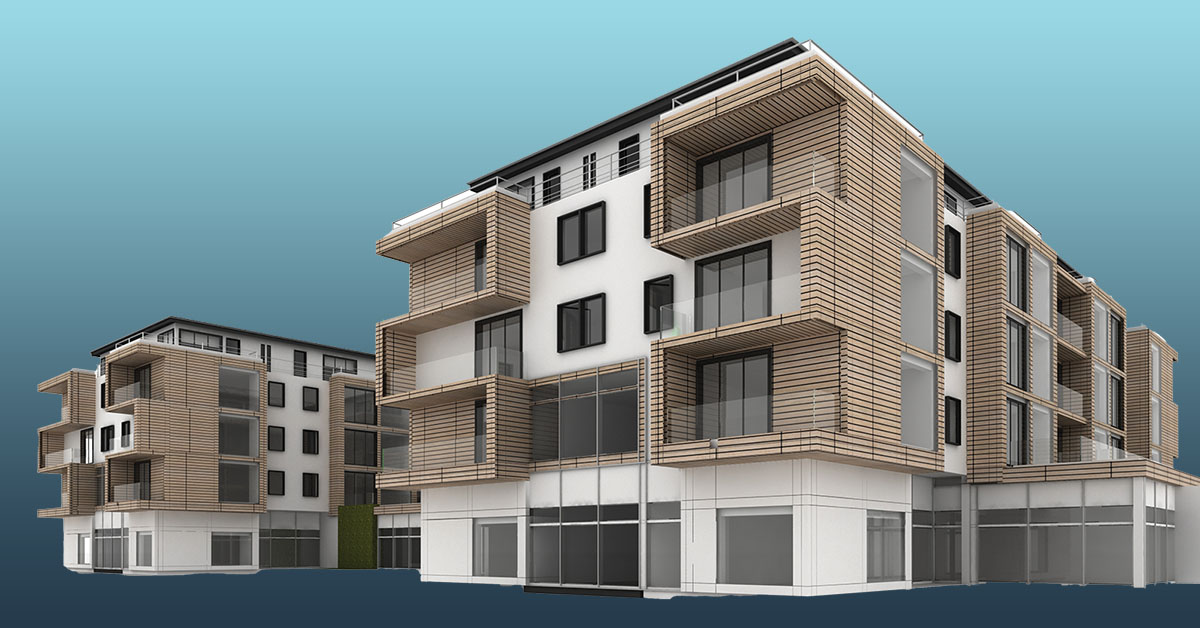The numbers associated with multifamily housing in 2021 were nothing short of astonishing. According to Zillow, rent-price increases across the country during the year ending this past November averaged 15.2%. During the same period, Zumper reported that New York City and Miami each saw one-bedroom apartment rents rise by 24.7%. St. Petersburg, Florida, had growth of 24.6%. The Phoenix area remained hot, pun intended. The city saw yearly rent increases of nearly 15% for one-bedroom properties while those in the suburb of Glendale rose by 24.7%.
It’s almost as if the nation’s renters woke up from a year of pandemic hibernation with pent-up demand for new digs, whatever the costs might be. In comments from multifamily market experts at the end of 2021, the sector is described in nothing but superlative terms.
“We came into 2021 very bullish on multifamily and it has surpassed all possible expectations,” says David Bitner, head of capital markets insights and global research at Cushman & Wakefield. (See the Q&A with him on Page 20.)
Jennifer Rasmussen, vice president of SitusAMC Insights, a commercial real estate consulting company, described the multifamily sector as being in a “phenomenal” position at the end of 2021. Her firm reported that from the second to third quarters of 2021 alone, rents in Raleigh, Las Vegas and Nashville all rose in the range of 12%.
“We are seeing rent growth essentially across a broad spectrum of the market,” Rasmussen says. “I mean, the numbers are just staggering. We are seeing double-digit rent growth quarter over quarter. This sector is booming.”
Bitner and Rasmussen both expect the multifamily housing sector to grow in 2022 but acknowledge that prices can’t continue rising at the same pace. Rasmussen points to the fact that this sector should grow because of supply and demand. Currently, there are not enough rental-housing units to meet demand.
“Unfortunately, from an investor’s point of view, we can’t continue to see double-digit rent growth quarter after quarter,” Rasmussen says. “That being said, I think that the supply-and-demand characteristics are such that we will continue to see growth.”
These experts may be right that this sector is poised for continued growth. It certainly appears that the numbers are on their side, but market participants may feel a bit uneasy when nearly every industry expert and leader lines up on one side of the ledger. This is especially true following a remarkable run-up in prices, such as we’ve seen in the multifamily sector.
This herd mentality could cause commercial mortgage lenders, brokers and borrowers to pause or be nervous. This viewpoint is supported by Liz Brumer-Smith’s article, “Why I Think Multifamily Real Estate Is Overvalued Right Now,” for the Motley Fool this past December. Her contention is that there may be underlying “cracks in this sector’s foundation.”
Brumer-Smith points to National Multifamily Housing Council data which shows that 77.1% of apartment households made a full or partial rent payment by Dec. 6, 2021. That is down from the 78.2% of renters who paid all or part of their rent during the first week of November. For comparison, 83.2% of renters paid their rent during the first week of December 2019. It’s a relatively small difference and may not mean much. Bitner maintains this is not a really good indicator because people pay their rent in different ways and at different times.
Still, with rents rising so high and so quickly, the question has to be asked whether the market is reaching a tipping point where rents become too high for current wages. In this case, Brumer-Smith writes that rent defaults may increase, supply and demand may be realigned, or rent prices will begin to fall. She believes there is a good chance that all three things will happen.
If there is a market correction or economic instability, Brumer-Smith writes that some multifamily owners may be forced to sell their assets. She posits that “cracks in the foundation of the rental market today will eventually start to crumble and bring in a new host of bargain opportunities with it.”
Few would doubt that rent prices are bound to plateau soon. As 2021 came to a close, there was increasing evidence that an across-the-board cooling of the multifamily real estate market is underway. At the same time, however, few experts believe that there are serious cracks in the sector’s foundation.
Maybe the multifamily sector will be able to navigate the slowing of rent-price increases and even orchestrate a soft landing, if one is needed. But 2021 was such a heady year for rent prices and apartment valuations that it’s difficult to imagine the industry being ready to apply the brakes.
“I look at multifamily and industrial markets, and I’m concerned that the assets are priced to perfection,” Bitner says. “That doesn’t mean things will go wrong. It’s just that it is hard to look at the pricing of these properties and to not think that underwriting requires just about everything to go right.” ●






